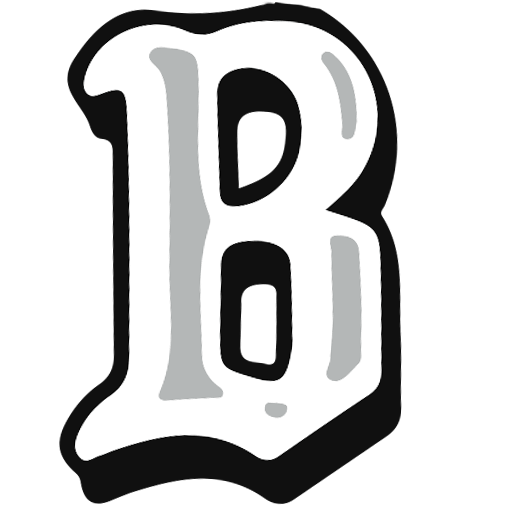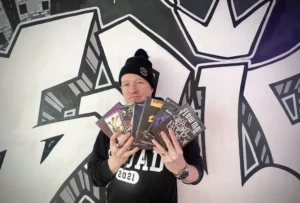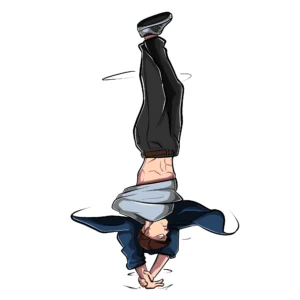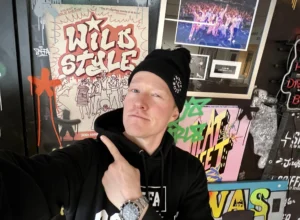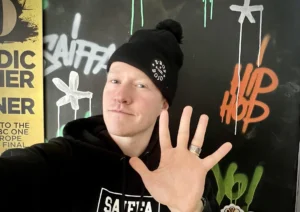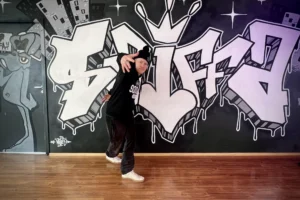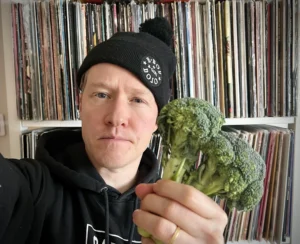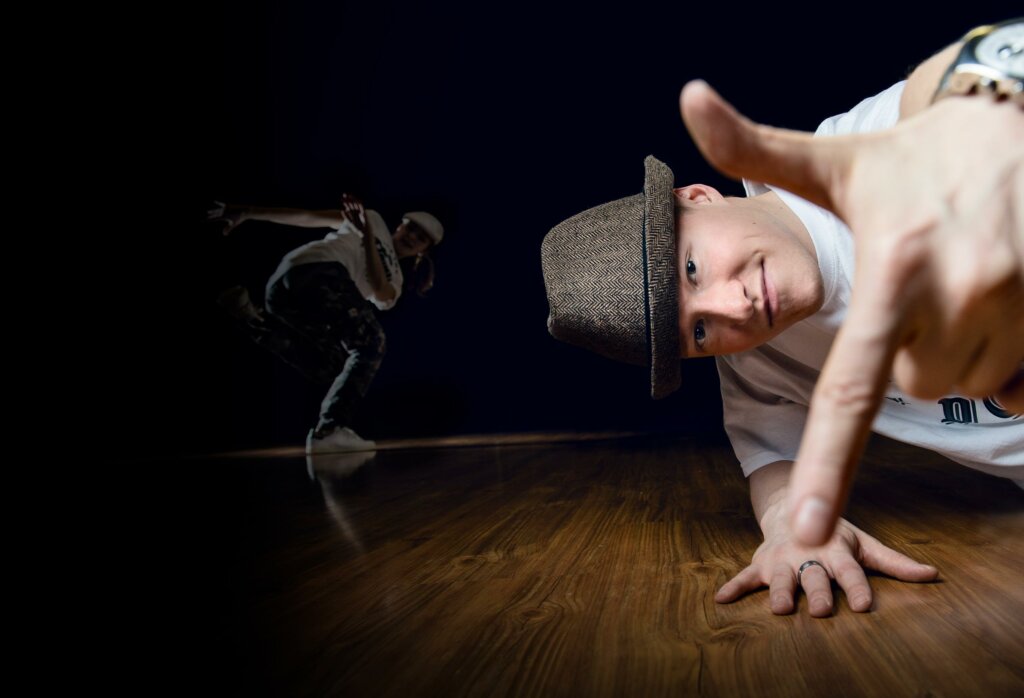History of Breakdance
The history of breakdance dates back to the 1970s. Despite its relative youth, breakdancing a modern style of dancing has already taken the world by storm. Delving into the history of breakdance unlocks a world of music, creativity, and self-expression that continues to evolve today.
Whether you’re looking for free breaking tutorials or you’re a regular breaker, learning about the history of breakdance can provide new inspiration.
This guide will cover the dance’s history and how fresh breaking has emerged throughout the decades.
What is Breakdancing?
Breaking is acrobatic, dynamic dancing born on the streets. Although today you can sign up to any online breakdancing school, it was once passed from block to block in America’s metropolises. Dancers performing are typically known as b-boys or b-girls.
Regarding street culture, breaking is an essential part of the hip-hop scene. Alongside graffiti, DJing, and rapping, breakdancing is one of the four elements of the movement.
Where Did the History of Breakdance Begin?
Breaking is a product of the African-American and Latino youth of New York City. Back in the 1970s, the dance style appeared out of nowhere just as hip-hop culture emerged.
The first man to properly establish the footwork and freezes is unknown, but what is clear is that DJ Kool Herc set the stage for breakers to show their stuff. Legend has it that he became inspired by parties in his local neighborhood. He noted that young people moved with sporadic energy whenever the break in the track would play.
The “break” is where the vocals and all instruments other than percussion fade out.
With this knowledge, DJ Kool Herc would mix two copies of the same record using two turntables. He used the Merry-Go-Round technique to extend the break and give dancers more time to show their moves.
This is how breaking came to be and how people learn to breakdance today. And the principle of the break hasn’t changed since.
The Music of Breakdance
Breakdancing isn’t restricted purely to hip-hop music. Any song with a break and a regular beat can be transformed into a “breakdanceable” tune.
However, most breakdancing songs originate from funk, rap, soul, and breakbeats. Some of the most famous songs that are often used for mastering the basics include:
- Babe Ruth – The Mexican
- Jimmy Castor Bunch – Just Begun
- Incredible Bongo Band – Apache
But you’re by no means limited to these genres. If you want to take your dancing to the next level, it’s worth looking at other genres. For example, one of the most famous drops comes from the rock opera song Overture, featured in Jesus Christ Superstar.
From the Streets to Global Sensation – The History of Breakdance’s Big Break
The Bronx is the historical birthplace of breakdance, but it didn’t remain that way for long. Throughout the 1970s, it spread from the Bronx throughout New York City’s other boroughs.
Once the media, musicians, and promoters took notice of this strange new dancing style at parties, it didn’t take long for the genre to gain the exposure needed to begin spreading across the U.S. and the wider world.
The dance style would become codified, and various gurus would develop the 14 styles of footwork and ground-breaking moves alongside perfect practice formulas.
Despite breakdancing moving in so many different directions, many historians would point to the efforts of the Rock Steady Crew, a group of b-boys who brought the dance style to the world. In 1982, they were part of the Roxy European Hip Hop Tour. In 1983, they were featured on David Letterman’s talk show.
The Rock Steady Crew’s fame continued to grow, and they were featured in several classic movies, including:
- Breakin’ the Movie
- Beat Street
- Flashdance
During this same period, the Rock Steady Crew performed for the leader of the free world. In 1984, they attended the Kennedy Center Honours event, where they performed for President Ronald Reagan in front of a national audience.
Cyphers and Stages
The early 1980s was the time breakdancing broke out and established its cultural position on the global stage. Ever since breaking has ebbed and flowed as generations fade in and out of the scene.
Most people in the past didn’t begin breaking through formal courses. Instead, they began on the streets in what’s known as a cypher.
Cyphers are the circles that breakers form when groups perform with and against each other. These circles can be found anywhere where there’s space, such as parks, clubs, house parties, or even on the street.
Sometimes, cyphers can also be the place for breakers to call each other out and battle. These contests are informal, rarely have any winner, and there’s no time limit.
Again, it’s something that started on the streets and resulted in the evolution of breakdancing. Following the 1980s boom, it didn’t take long for breaking to transition from party dance to competitive art form.
Today, countless competitions exist, all with different formats, including 1v1 to teams of eight battling it out. If you master your foundation, you, too, could find yourself in competitive breaking events.
Some of the most well-known events today include:
- Red Bull BC One – Global
- Freestyle Session – USA
- The Notorious IBE – Netherlands
- Battle of the Year – Global
- The UK B-Boy Championships – UK
It’s the longevity in breaking that has resulted in breakdancing sticking around while other types of dance have faded out in the mainstream after short periods.
Breaking has become so successful that it will feature on the highest stage at the Paris 2024 Olympics for the first time.
The Future of Breakdancing
The history of breakdance tells you why certain things are how they are. But the scene has changed, and there are now those who make a living from becoming professional and competing in events worldwide.
Despite the professionalization of the highest echelons of breakdance, it remains a dancing style filled with self-expression. You’ll continue to find it in hubs from New York City and Paris to Seoul and Tokyo.
If you’re looking to learn skills like how to windmill, pull cool tricks, or even get your beats down, the quickest way is to enroll in a class.
Sign up for online breakdancing classes at the B-Boys & B-Girls Dojo for fast, flexible, and fun courses to help you rock your body today.
